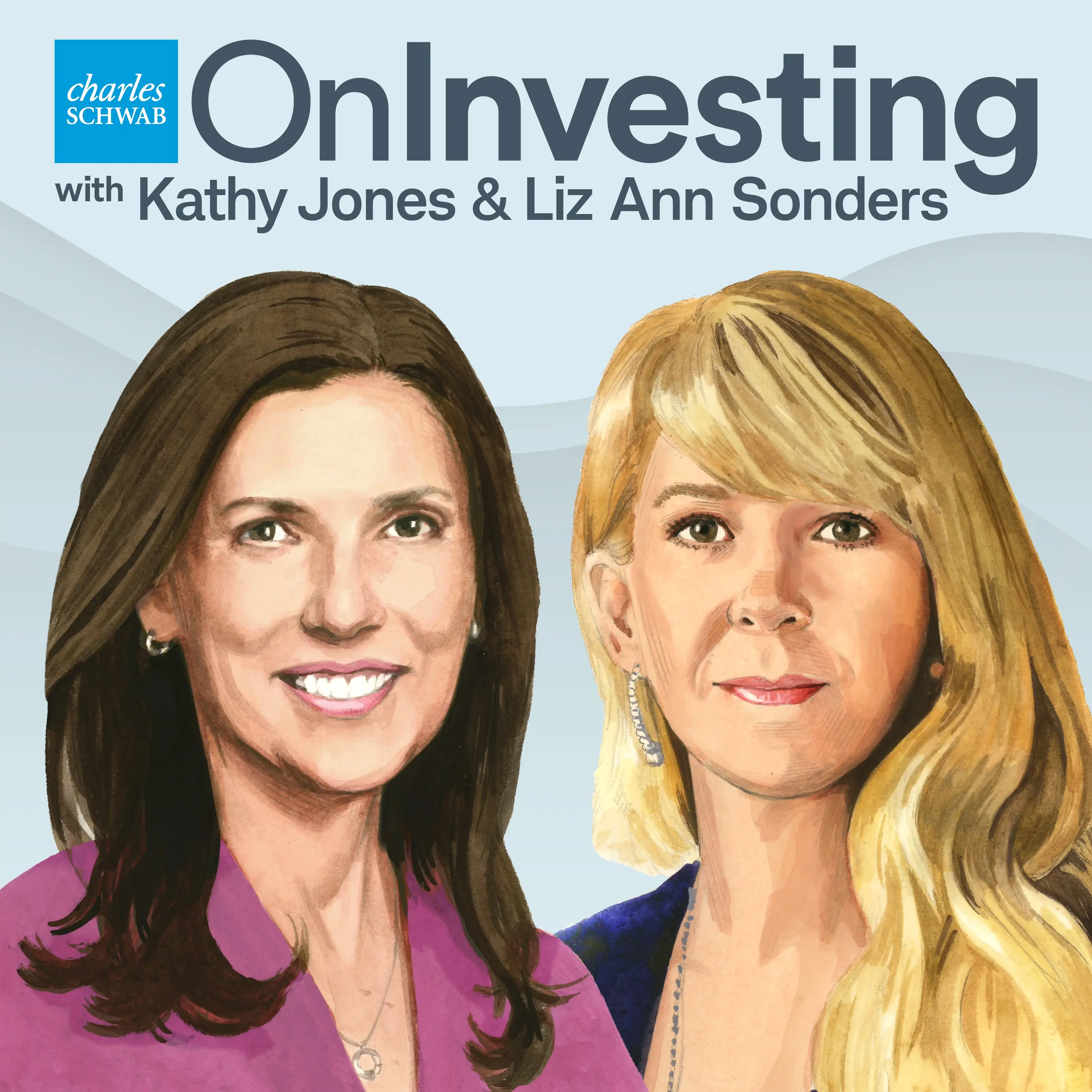Trends in the Credit Markets
On this week's episode, Kathy Jones and Liz Ann Sonders discuss equity earnings season, continuing tariff uncertainty, and the fate of embattled Fed Chair Jerome Powell—emphasizing the importance of an independent Fed to both the stock and bond markets.
Then, Kathy Jones and Collin Martin dive into the dynamics of the leveraged loan market, highlighting the recent surge in issuance despite anticipated interest rate hikes. They explore the unique characteristics of leveraged loans, including their floating coupon rates and sub-investment grade issuers, touching on the factors driving demand and the potential risks for investors. Additionally, they discuss Treasury Inflation-Protected Securities (TIPS), noting their appeal for investors looking for diversification and a hedge against inflation.
Finally, Kathy and Liz Ann discuss the data and economic indicators they will be watching in the coming week.
On Investing is an original podcast from Charles Schwab.
If you enjoy the show, please leave a rating or review on Apple Podcasts.
Check out more episodes.
Explore more topics
This material is intended for general informational purposes only. This should not be considered an individualized recommendation or personalized investment advice. The investment strategies mentioned may not be suitable for everyone. Each investor needs to review an investment strategy for his or her own particular situation before making any investment decisions.
All expressions of opinion are subject to change without notice in reaction to shifting market, conditions. Data contained herein from third party providers is obtained from what are considered reliable sources. However, its accuracy, completeness or reliability cannot be guaranteed.
Diversification does not ensure a profit and does not protect against losses in declining markets.
Investing involves risk, including loss of principal.
Performance may be affected by risks associated with non-diversification, including investments in specific countries or sectors. Additional risks may also include, but are not limited to, investments in foreign securities, especially emerging markets, real estate investment trusts (REITs), fixed income, municipal securities including state specific municipal securities, small capitalization securities and commodities. Each individual investor should consider these risks carefully before investing in a particular security or strategy.
Forecasts contained herein are for illustrative purposes only, may be based upon proprietary research and are developed through analysis of historical public data.
This information is not a specific recommendation, individualized tax, legal, or investment advice. Tax laws are subject to change, either prospectively or retroactively. Where specific advice is necessary or appropriate, individuals should contact their own professional tax and investment advisors or other professionals (CPA, Financial Planner, Investment Manager, Estate Attorney) to help answer questions about specific situations or needs prior to taking any action based upon this information.
Schwab does not recommend the use of technical analysis as a sole means of investment research.
Currency trading is speculative, volatile and not suitable for all investors.
The policy analysis provided by the Charles Schwab & Co., Inc., does not constitute and should not be interpreted as an endorsement of any political party.
Fixed income securities are subject to increased loss of principal during periods of rising interest rates. Fixed income investments are subject to various other risks including changes in credit quality, market valuations, liquidity, prepayments, early redemption, corporate events, tax ramifications, and other factors.
Lower rated securities are subject to greater credit risk, default risk, and liquidity risk.
Treasury Inflation Protected Securities (TIPS) are inflation-linked securities issued by the U.S. Government whose principal value is adjusted periodically in accordance with the rise and fall in the inflation rate. Thus, the dividend amount payable is also impacted by variations in the inflation rate, as it is based upon the principal value of the bond. It may fluctuate up or down. Repayment at maturity is guaranteed by the U.S. Government and may be adjusted for inflation to become the greater of the original face amount at issuance or that face amount plus an adjustment for inflation. Treasury Inflation-Protected Securities are guaranteed by the U.S. Government, but inflation-protected bond funds do not provide such a guarantee.
Apple, the Apple logo, iPad, iPhone, and Apple Podcasts are trademarks of Apple Inc., registered in the U.S. and other countries. App Store is a service mark of Apple Inc.
Spotify and the Spotify logo are registered trademarks of Spotify AB.



